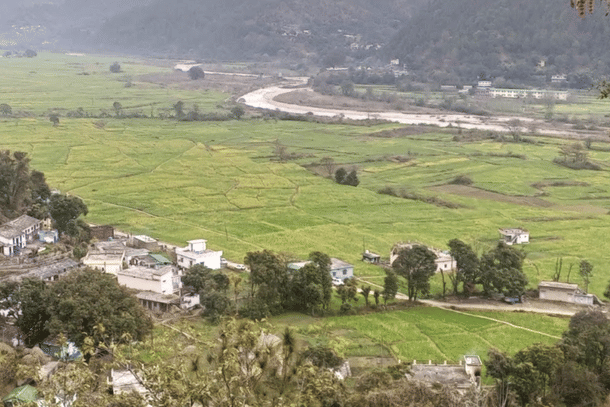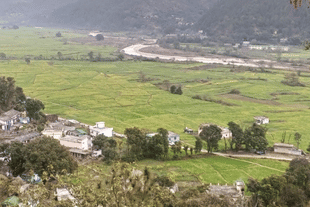News Brief
Lost 'Ancient City' In Uttarakhand? ASI Mulls Excavation At Gevad Valley In Almora District
Kuldeep Negi
Dec 21, 2023, 03:05 PM | Updated 03:05 PM IST
Save & read from anywhere!
Bookmark stories for easy access on any device or the Swarajya app.


The Archaeological Survey of India (ASI) is mulling over the possibility of excavation at Gevad valley, situated on the banks of the Ramganga river in Uttarakhand's Almora district, with a hope that the remnants of an ancient city might be buried underneath its soil.
A team of experts form ASI has conducted a preliminary survey of the valley and the operation to unearth the "lost habitation" is likely to commence shortly, Times of India reported citing officials.
Manoj Saxena, the superintending archaeologist for the Dehradun circle, said on Wednesday that their survey reports are "quite convincing".
"An advanced survey is currently underway for further study of the valley falling under the Chaukhutia area. A proposal for excavation is being prepared," Saxena was quoted as saying by ToI.
In response to inquiries about how ASI came to believe that an ancient city lies buried beneath the Gevad valley, Saxena was quoted as saying, "The area, spread over 10 km along Ramganga, consisting of flat land, has numerous temples dating back to the 9th and 10th centuries which were built by Katyuri rulers. Presence of the cluster of centuries-old temples indicates that there must have been a civilization there even before the temples were built".
Chandra Singh Chauhan, the regional state archaeological officer, said that they recently found several 'devasthanams' (small temples), measuring one to two feet in height.
Earlier also, in the 1990s, a survey was conducted in the said area by the department of ancient Indian history, culture and archaeology of Garhwal University in which a temple of Vakratundeshvar (Ganesh) built in the 9th century and seven other temples of Nath Sampraday were found which show that human habitation existed in the area," he said.
Professor Rakesh Chandra Bhatt, who was part of the team that conducted the survey in 1993, said, "During the excavation, we found secondary burials, chambers and big jars in which remains of the dead were kept".
"We also found painted pottery and bowls which are similar to the pottery found in the Gangetic Doab in Meerut's Hastinapur and Ahichchhatra in Bareilly, dating back to the 1st- 5th century BC," Bhatt added.
He added, "Although we could not find any human settlement there at that time, our findings indicate that a lost city is waiting to be discovered. This could be a major breakthrough for ASI."
It should be noted that a large Shivling, measuring 1.2m in height and 2 ft in diameter, was previously discovered in the same vicinity. The "rare" Shivling, according to archaeologists, dates back to the 9th century and was part of one of the temples built by the Katyuri rulers which later disappeared.
Kuldeep is Senior Editor (Newsroom) at Swarajya. He tweets at @kaydnegi.





